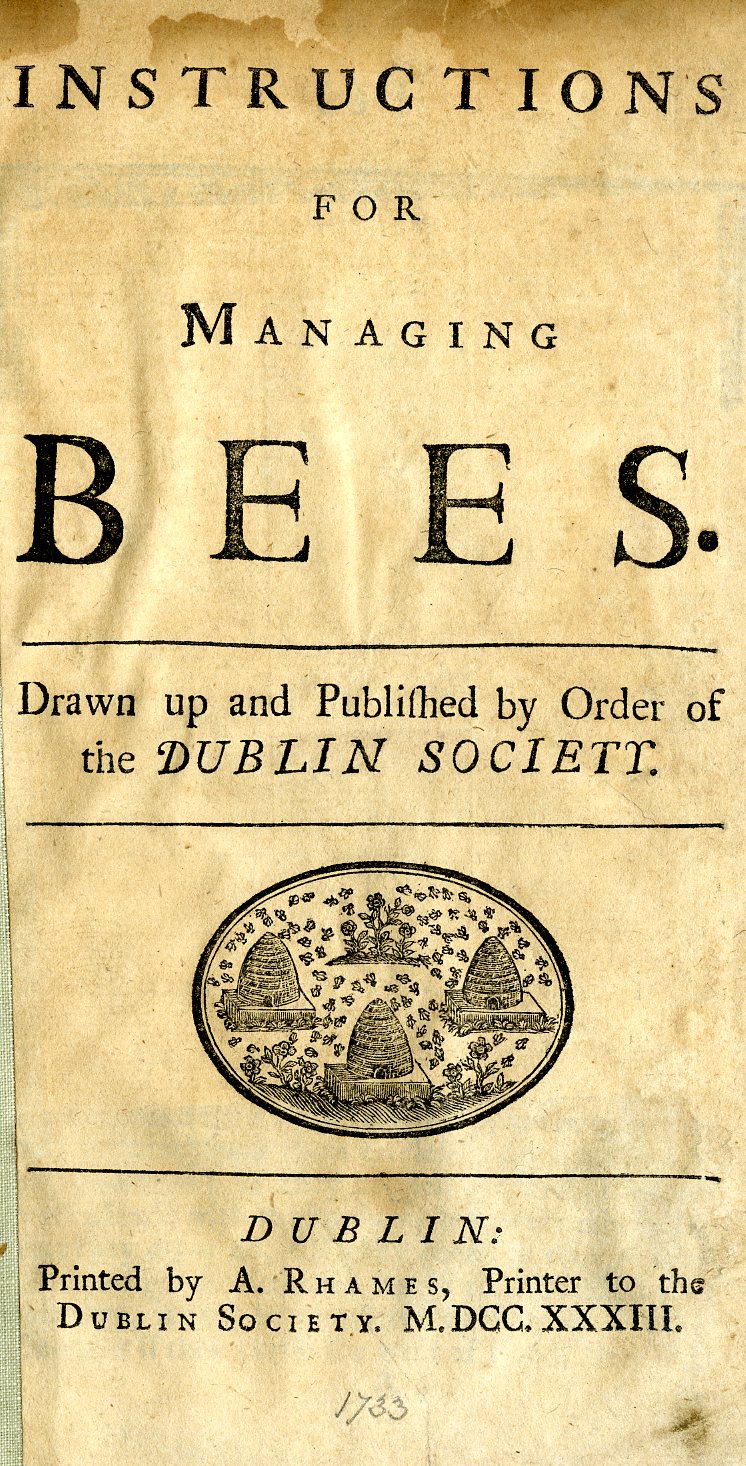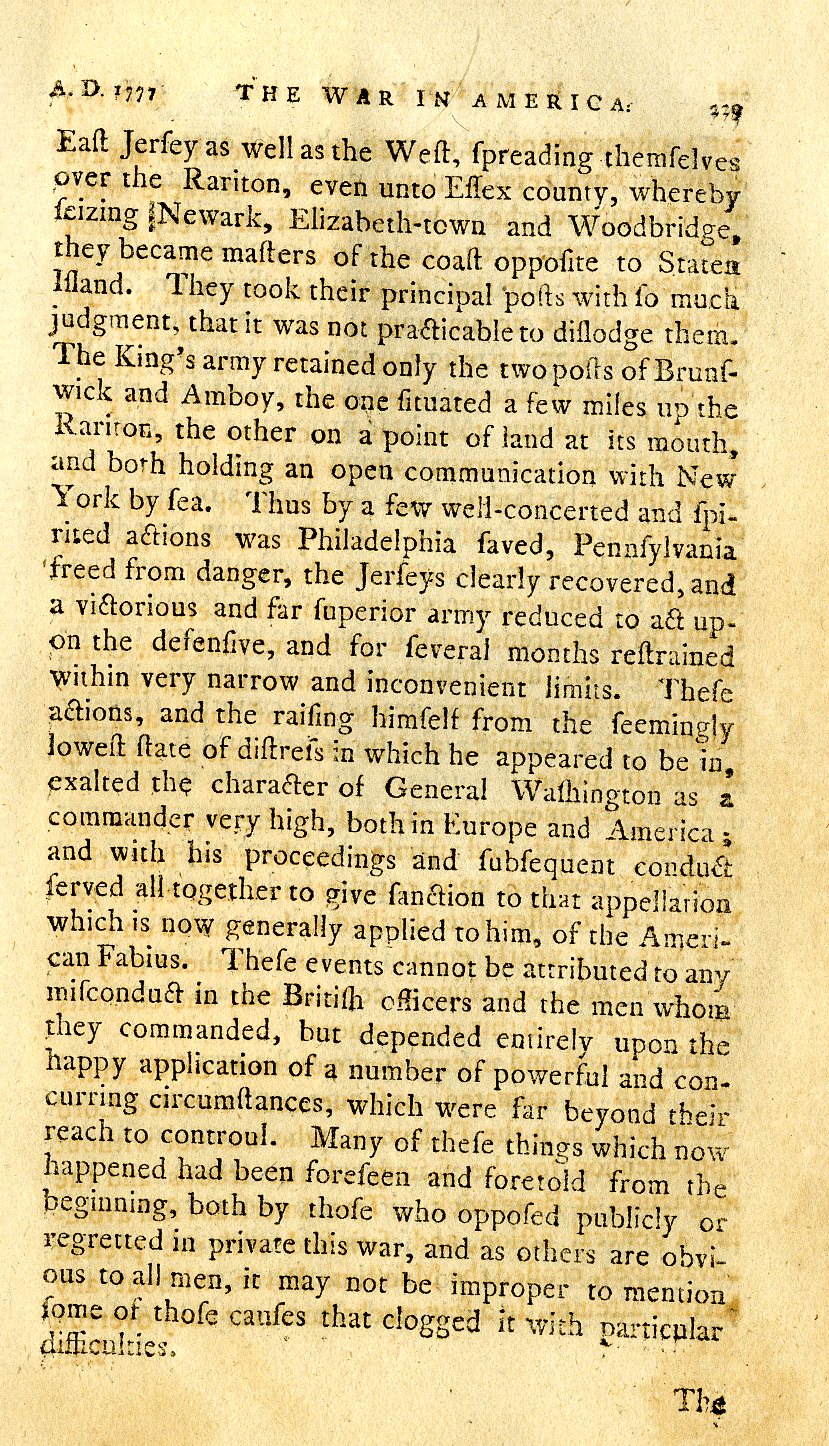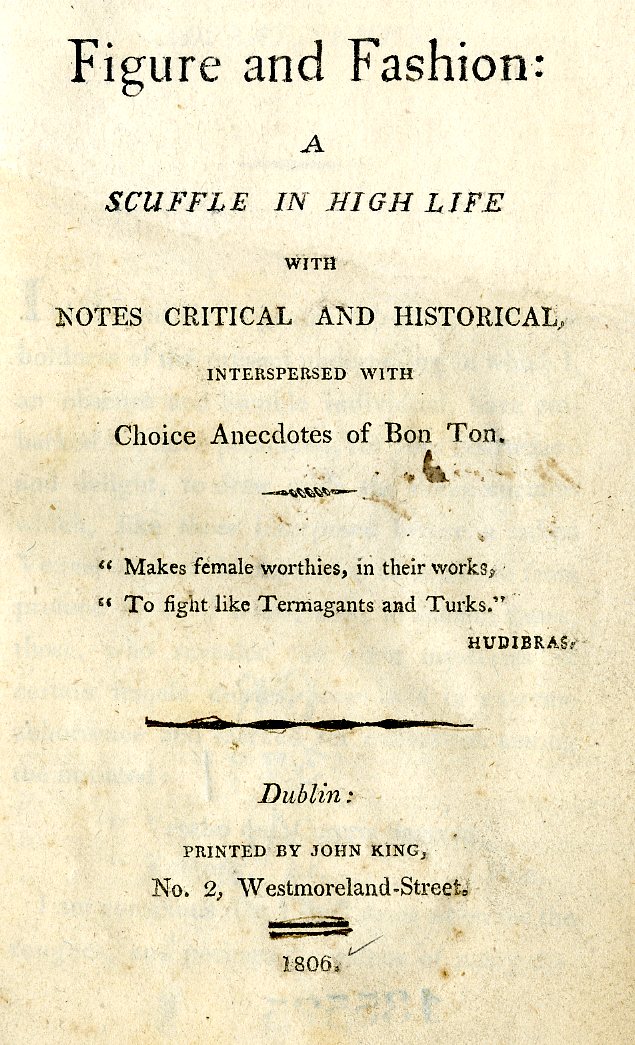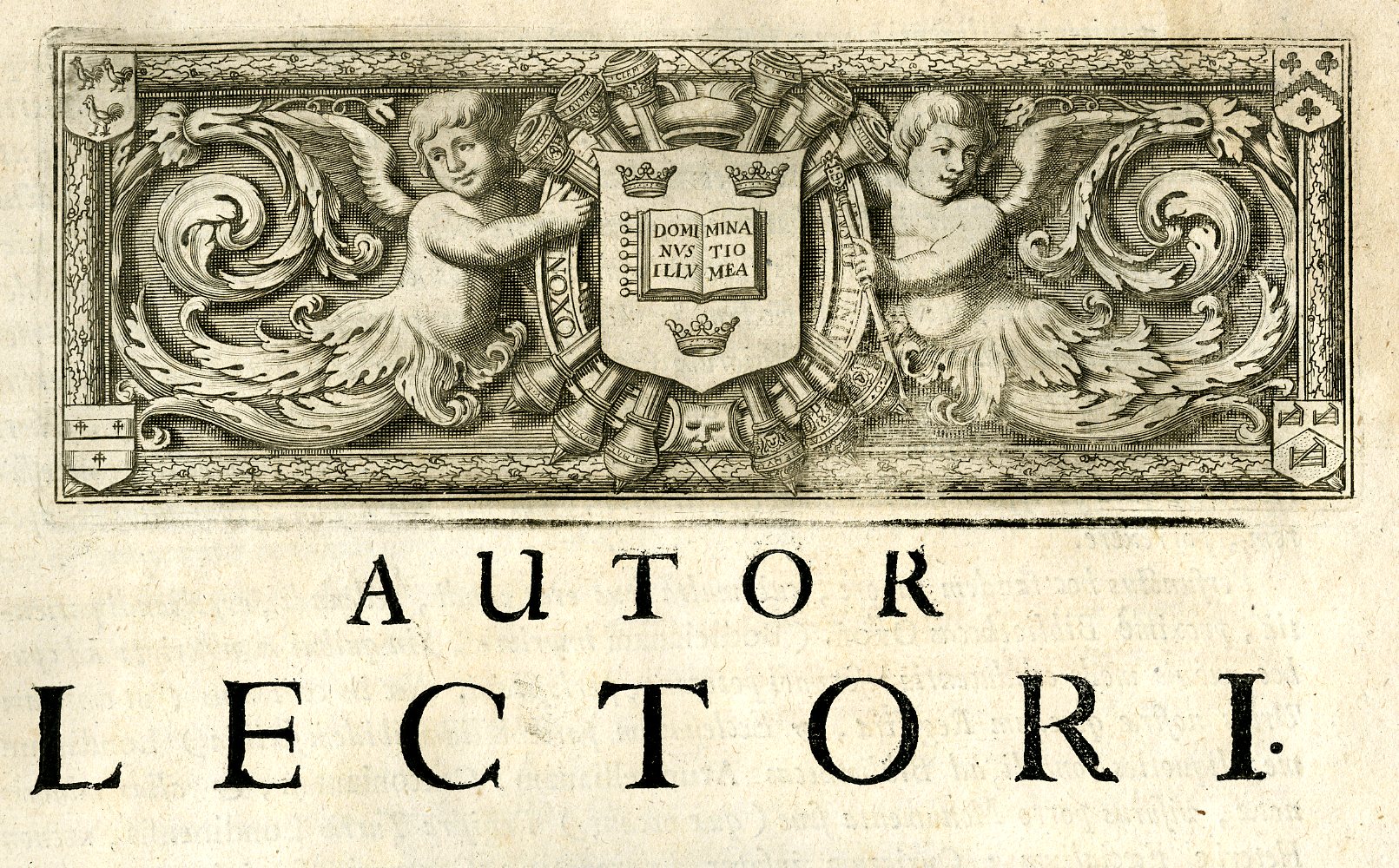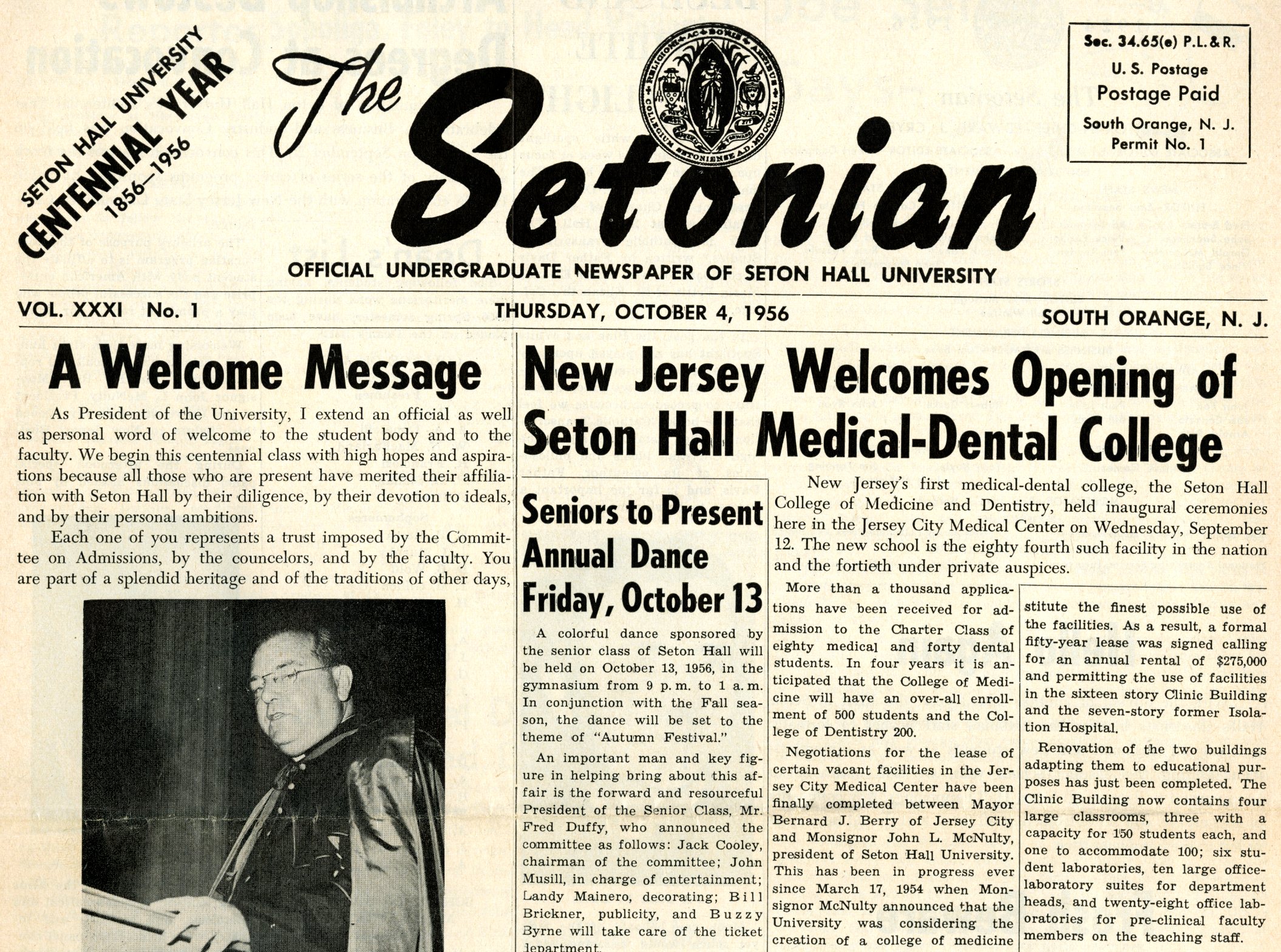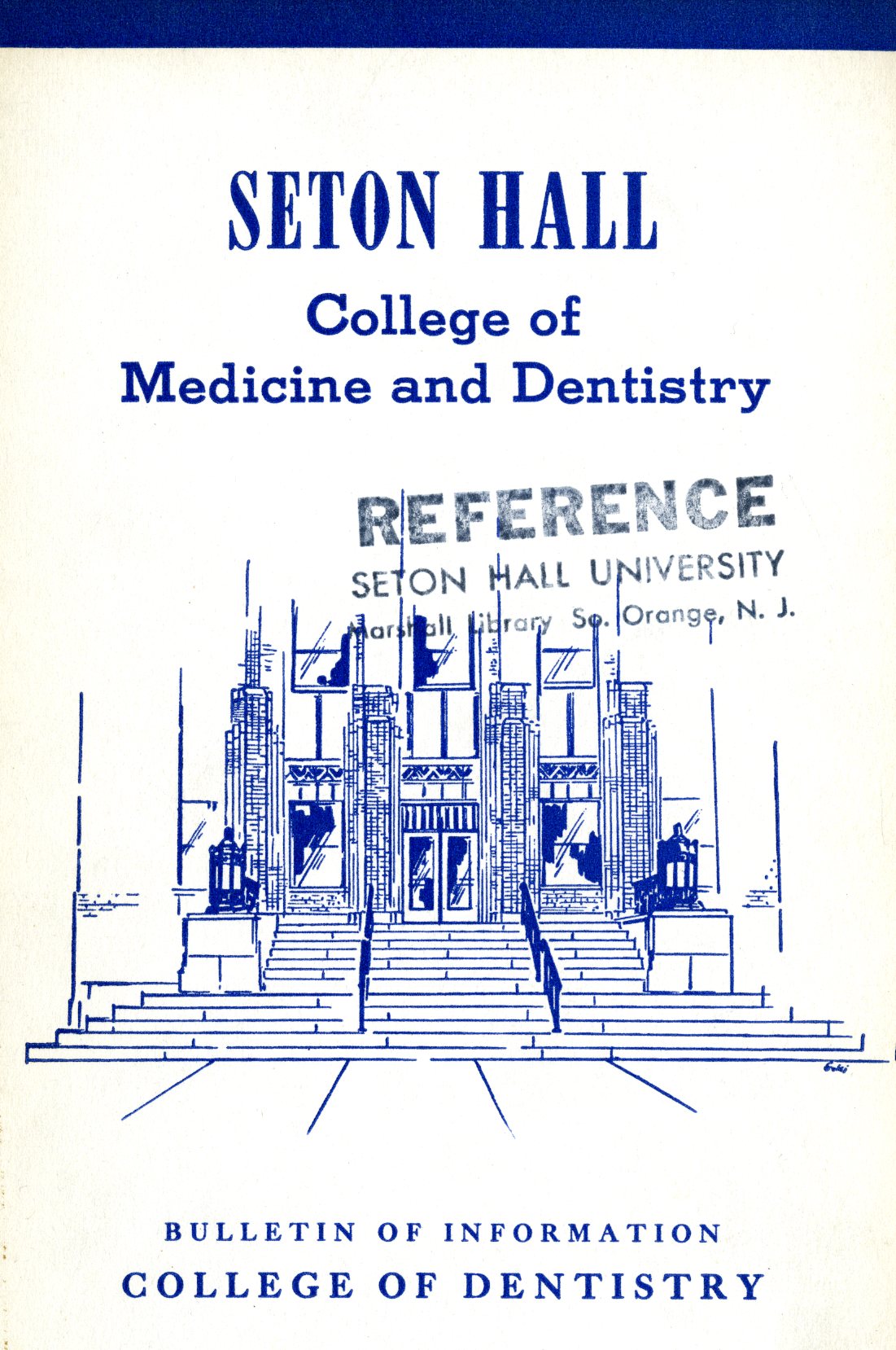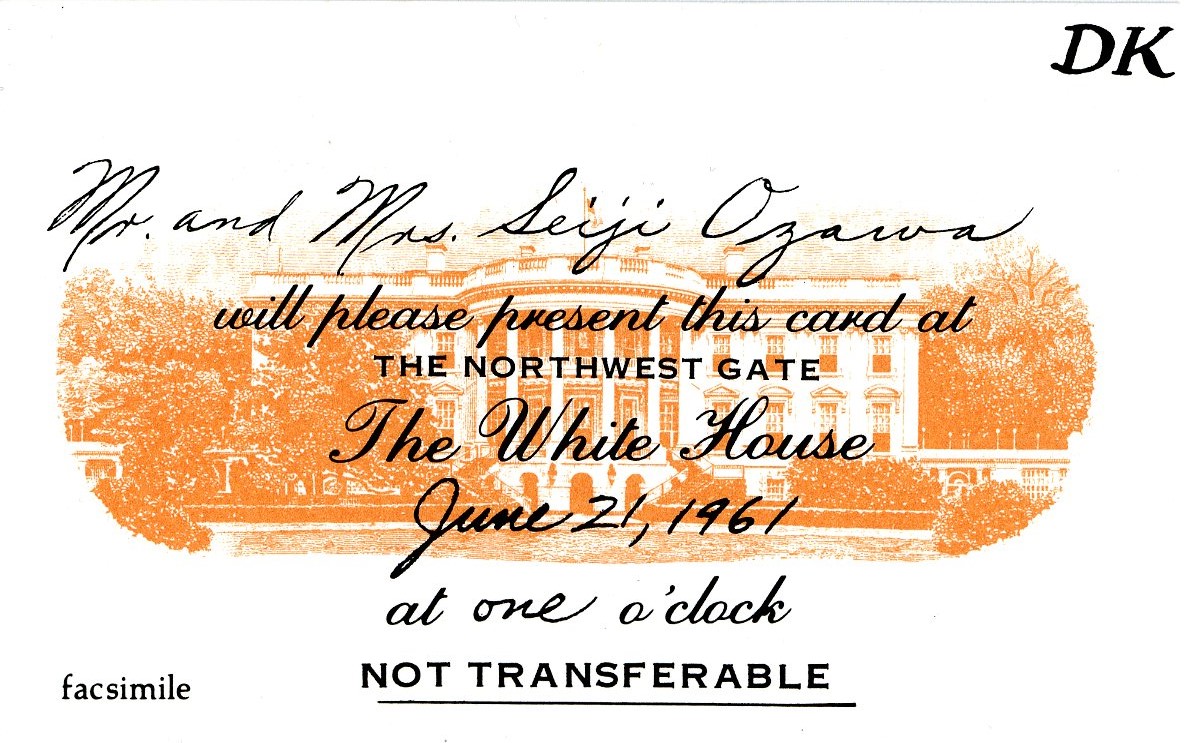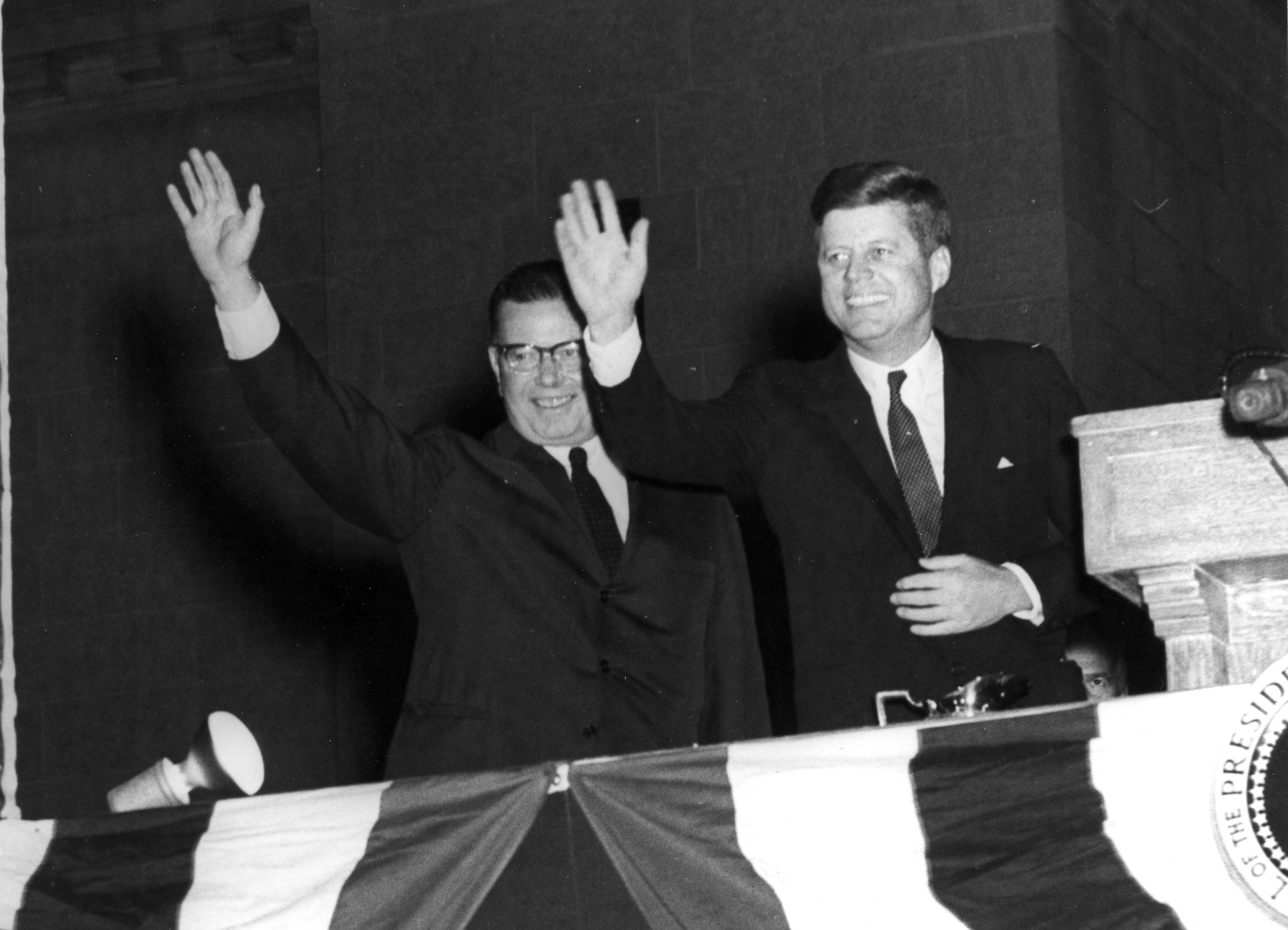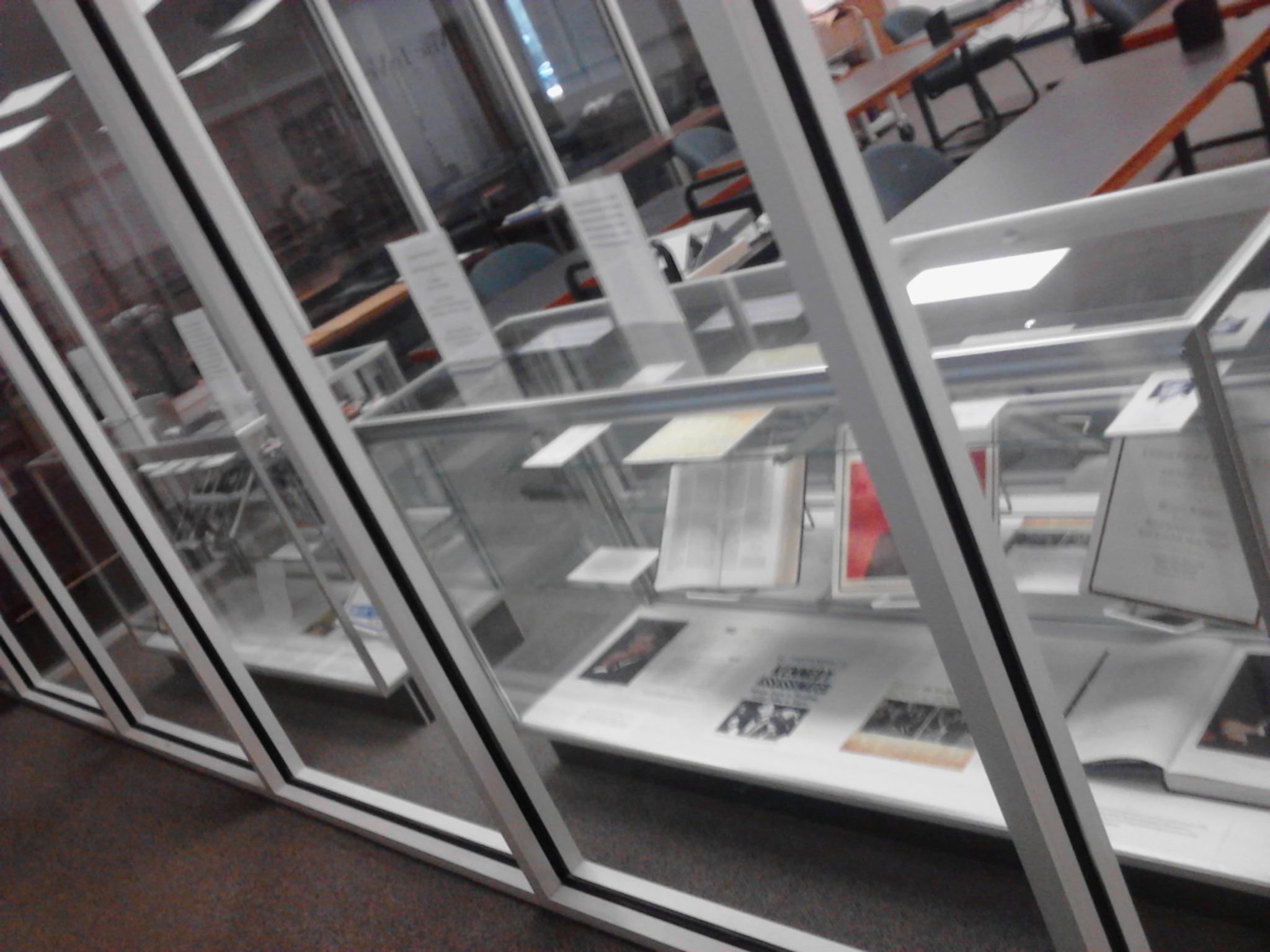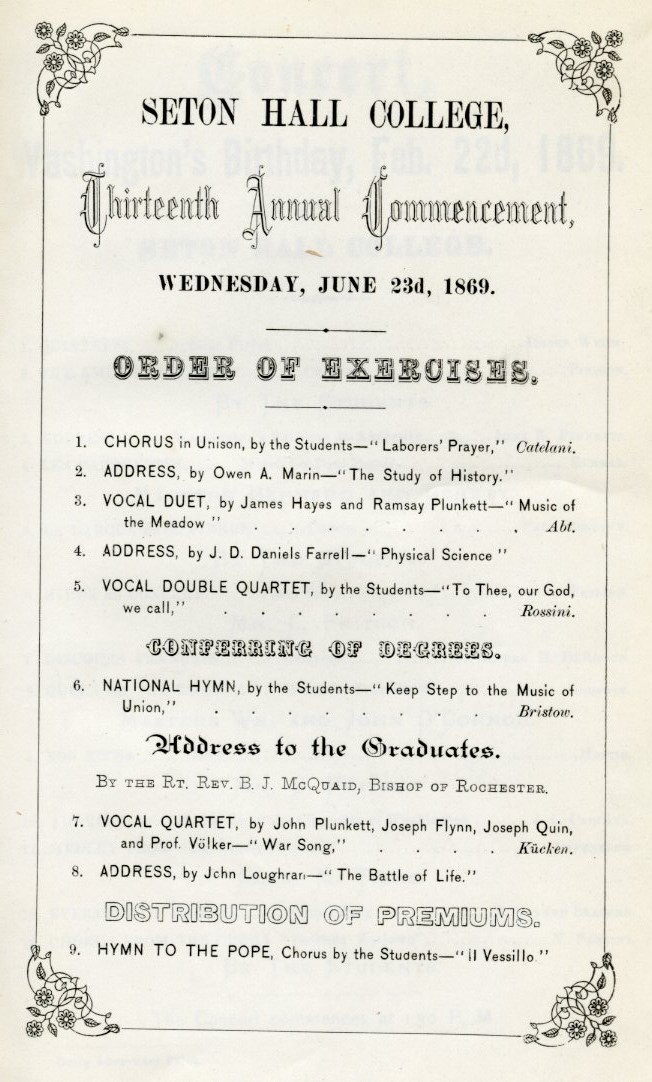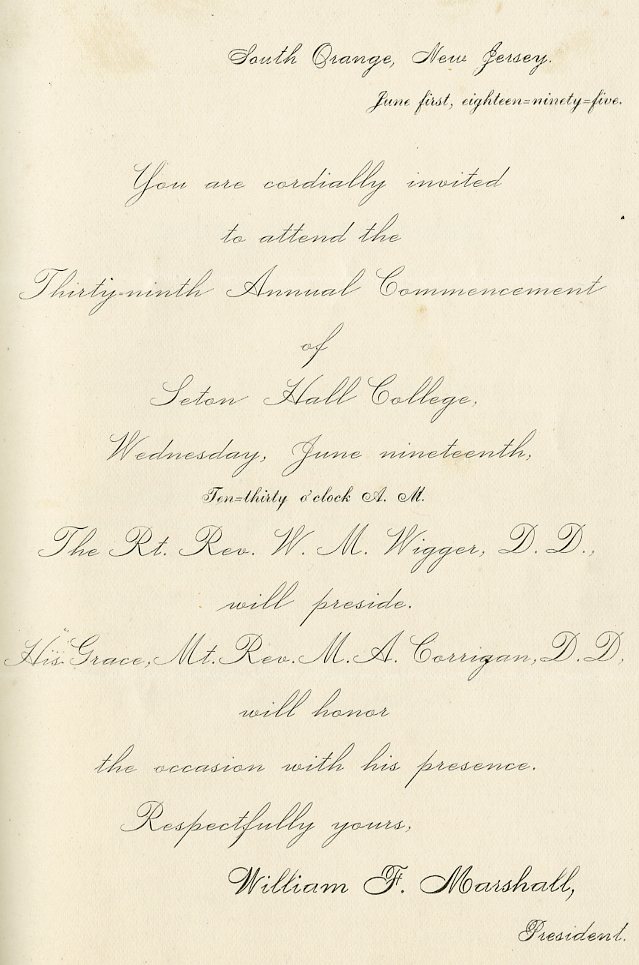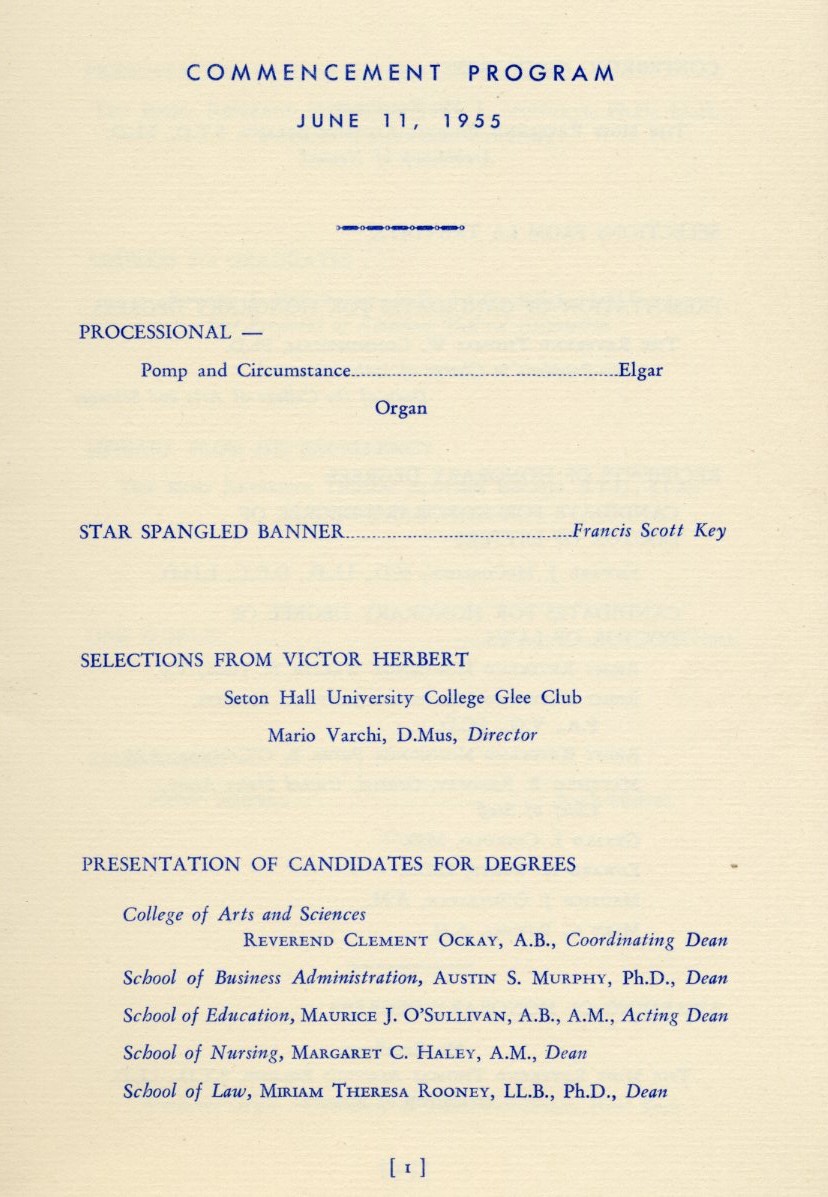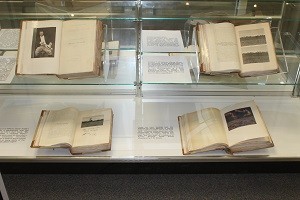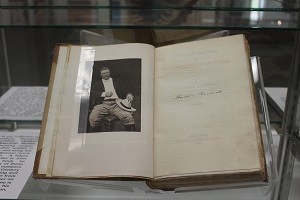Between Wednesday, November 4th-Friday, November 6th, Seton Hall University will serve as host of the biannual Aphra Behn Society Conference. In the spirit of Aphra Behn herself (c. 1640-1689), a noted British fiction writer, playwright, poet, and translator, members of this organization are actively: “dedicated to encouraging and advancing research that focuses on issues of gender and/or women’s role in the arts of early modern culture, circa 1660-1830. Through its newsletter, website, and biannual meeting, the Aphra Behn Society seeks to promote an exchange of information and ideas among members of the various disciplines engaged in related research.” Her own works remain a popular source of research among scholars and students alike, but promoting the value of the printed word in its varied forms is a consistent theme that latter day readers often recognize. In other words, Aphra Behn noted in the pages of her work – The Lucky Chance, Or, the Alderman’s Bargain (1686) a love of books, but more specifically: “That perfect tranquility of life, which is nowhere to be found but in retreat, a faithful friend and a good library.”
In honor of the example set by Aphra Behn combined with ties to this event, Professors Karen Gevirtz, Ph.D. of the Department of English and Kirsten Schultz, Ph.D. of the Department of History looked through our catalog of Rare Book holdings and have chosen various titles that reflected a growing depth and diversity of scholarship from the 17-19th century. Some images from the public exhibit (viewable in our Reading Room) are included in this post, but a full list of titles can be found here – Aphra Behn Captions and requested for review by our research community. Counted among the more interesting finds include an early guide to bee-keeping in Ireland, writings by St. Catherine of Siena, a French look at the history of nature, a British perspective on the American Revolution, and theological writings from a Portuguese perspective to name a few volumes chosen by Professors Gevirtz and Schultz to share with the public.
This conference provides an opportunity for participants to share in the study of different subject themes. Along with the aforementioned public Rare Book display are a pair conducted jointly with the Walsh Library Gallery featuring books by and about Aphra Behn from our Main Library Collection (found in the exhibit case situated near the stairwell and elevator on the first floor of Walsh Library) and a larger window exhibit showcasing the cover artwork of authors in attendance at the event whose publications are found in the Seton Hall Universities Catalog. A full listing of titles is available here – Aphra Behn Conference Authors On Thursday, November 6th from 6-7:00 p.m. Professors Gevirtz and Schultz along with their colleagues Professors Mark Molesky, Ph.D. and Nathaniel Knight, Ph.D. from the Department of History will be discussing books related to their own areas of interest in a broader context for those in attendance at the conference. More information about their selections can be found in the following flyer – Aphra Behn Event Brochure
For more information about Aphra Behn and Rare Book resources found in our collection please feel free to consult the following Reference Guide for more details – http://library.shu.edu/rare-books Thank you in advance for interest and the discovery that rests in our timeless resources.

